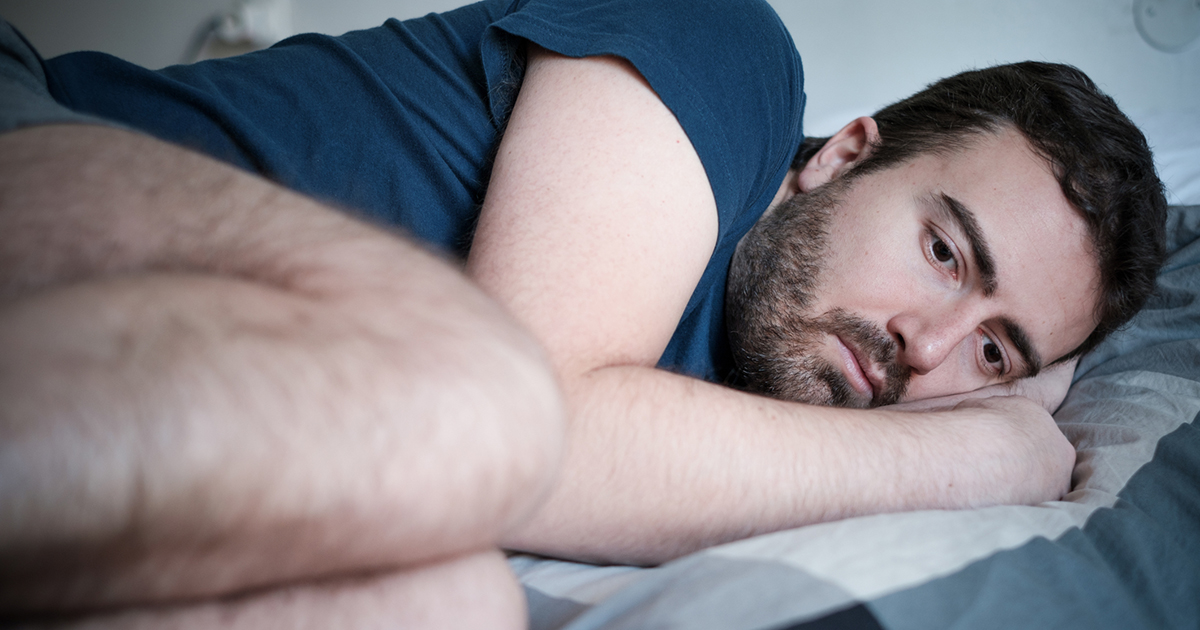Recognizing The Different Types Of Bipolar Disorder
Bipolar disorder, to put it simply, is a brain disorder causing unusual mood changes and shifts in energy and level of activity. These moods are known as manic, hypomanic, and depressive episodes. But is there just one type of bipolar disorder to fit all cases? No, much like other mental illnesses such as anxiety, which includes types such as generalized anxiety disorder, social anxiety, and panic disorder, there are different types of classifications of bipolar disorder.
Dive in headfirst and start reading to understand the different moods in bipolar disorders and how each type of bipolar disorder presents itself and how they are treated.
Understanding Manic And Hypomanic Episodes

In a manic episode, patients are likely to experience feelings of extreme elation or on a ‘high,’ see an increase in activity and energy, have difficulty sleeping, do risky things such as engaging in reckless sex or spending lots of money, and believe they can do many things at the same time. They may also feel quite ‘wired’ or extremely ‘jumpy,’ talk incredibly fast about many different topics, become easily agitated, feel 'keyed up,' and may also feel as if their thoughts are moving quite quickly.
Hypomanic episodes can have many of the same markers as manic episodes, such as seeing an increase in energy or having difficulty sleeping, but these markers will be less severe. Also, during one of these episodes, the patient may be highly productive, feel quite good, and overall will likely function well. However, family and friends may recognize the mood swings as being out of the norm for most individuals.
Continue reading to understand what depressive episodes in bipolar disorders are and what behaviors patients are likely to exhibit.
Understanding Depressive Episodes

Of course, the exact opposite of a manic or hypomanic episode is a depressive episode. In bipolar disorders, those who are having a depressive episode are likely to feel extremely down, empty, or hopeless. Other indicators of a depressive episode include having little energy, decreased levels of activity, feeling as if they are unable to enjoy anything, having difficulties concentrating, eating too little or too much, being quite forgetful, sleeping too much or too little, and thinking about suicide or death.
It is significant to note that depressive episodes in bipolar disorders are what typically gets individuals to seek treatment. It is also easy to misdiagnose bipolar disorders for major depressionsince depressive episodes exhibit many of the same markers. The key, of course, is in the mood shifts.
Now is the time to use this knowledge of depressive, hypomanic, and manic episodes to differentiate between the different types of bipolar disorder. Keep reading to learn aboutbipolar I disorder.
